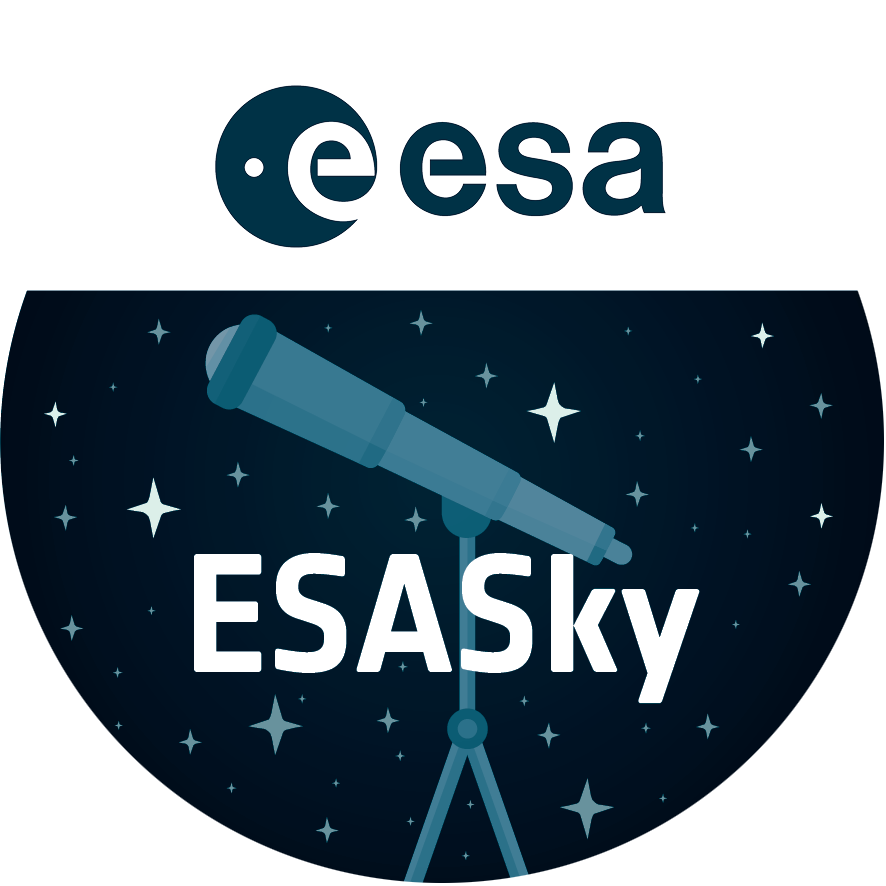Hubble’s Observation of the Stingray Nebula in 2016
Archival data from the NASA/ESA Hubble Space Telescope reveal that the nebula Hen 3-1357, nicknamed the Stingray nebula, has faded precipitously over just the past two decades. Witnessing such a swift rate of change in a planetary nebula is exceedingly rare, say researchers.
This image captured by Hubble in 2016 shows how the nebula has drastically dimmed in brightness and changed shape. The young nebula no longer pops against the black velvet background of the distant Universe.
Credit:NASA, ESA, B. Balick (University of Washington), M. Guerrero (Instituto de Astrofísica de Andalucía), and G. Ramos-Larios (Universidad de Guadalajara)
About the Image
| Id: | heic2020c |
|---|---|
| Type: | Observation |
| Release date: | 3 December 2020, 16:00 |
| Related releases: | heic2020 |
| Size: | 897 x 900 px |
About the Object
| Name: | Stingray Nebula |
|---|---|
| Type: | Milky Way : Nebula : Type : Planetary |
| Constellation: | Ara |
| Category: | Nebulae |
Classic Wallpapers
Coordinates
| Position (RA): | 17 16 21.05 |
|---|---|
| Position (Dec): | -59° 29' 23.88" |
| Field of view: | 0.10 x 0.10 arcminutes |
| Orientation: | North is 0.2° right of vertical |
Colours & filters
| Band | Wavelength | Telescope |
|---|---|---|
| Optical O III | 502 nm |
Hubble Space Telescope
WFC3 |
| Optical H-alpha | 656 nm |
Hubble Space Telescope
WFC3 |
| Optical N II | 658 nm |
Hubble Space Telescope
WFC3 |


